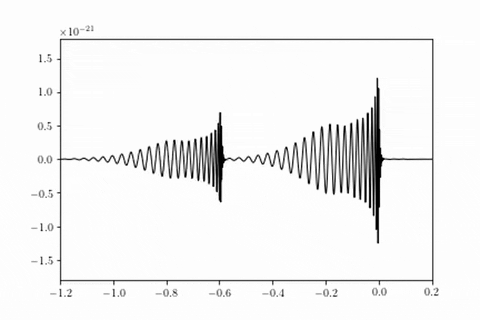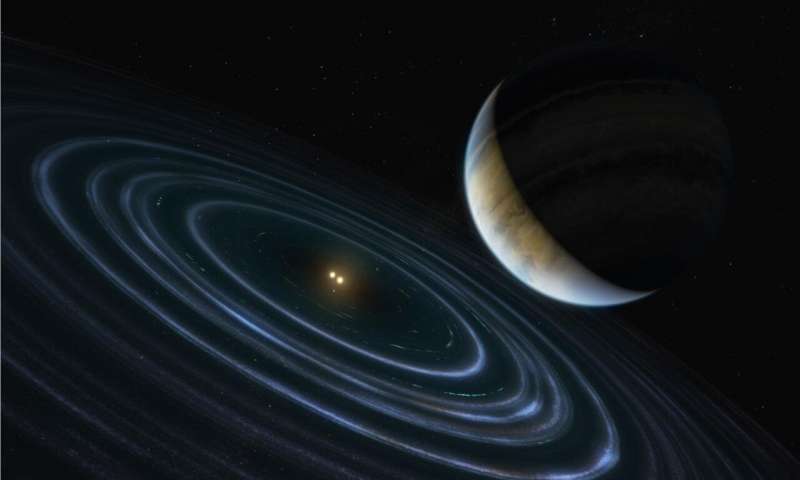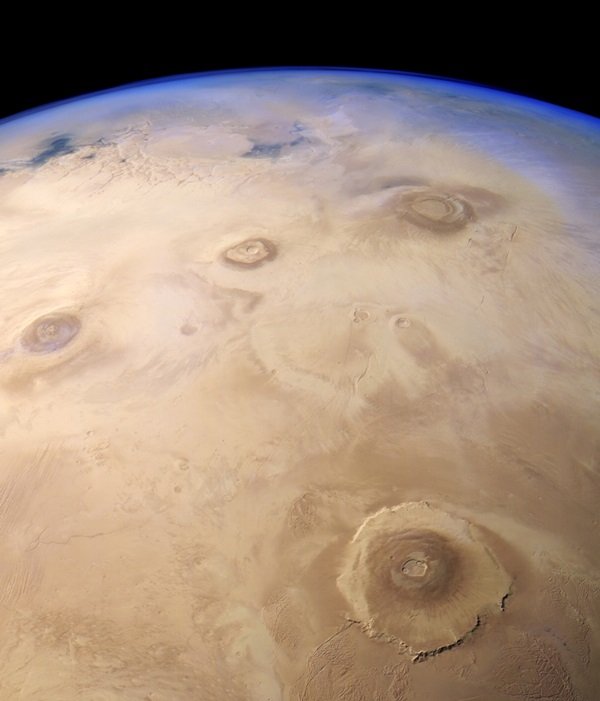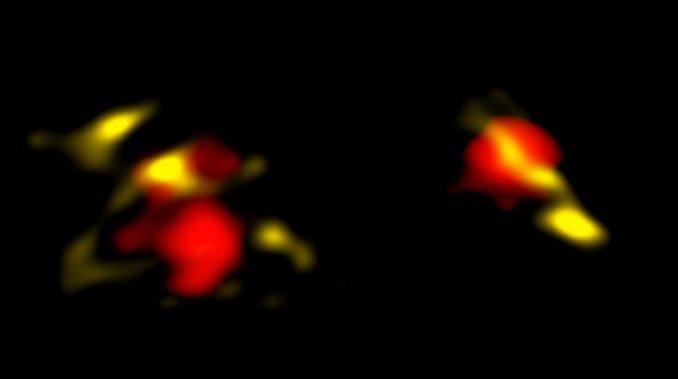Interesting Astronomy & Astrophysics news from the week of 12/27/2020
Next week’s night sky: Named for a now-defunct constellation called the Mural Quadrant, the annual Quadrantids meteor shower runs from December 30 to January 12. This shower’s most intense period, when 50 to 100 meteors per hour can occur, lasts only about 6 hours surrounding the peak, which is predicted to occur on Sunday, January 3 at 10:00 GMT (or 5 a.m. Eastern time). Ripples in Space-time There’s something a ittle off about our theory of the universe. Almost everything fits, but there’s a fly in the […]
Read more


